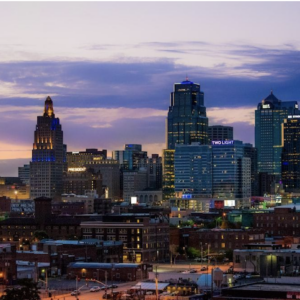For several years now (even before the start of the Eurozone crisis) mayors from rural villages all over Spain have been announcing plans to sell off entire villages in an effort to revive the countryside. It’s almost common knowledge that plots of land can be bought for less than $2000, and a whole hamlet of ruined properties for as little as $50,000.
With a mass exodus from rural areas into the inner city during the 1950s and 60s (and another wave since the 2008 crash) many Spanish villages are completely deserted. Others have a small population of elderly people, whose families have long since moved away to the city. There are no children to raise the next generation and re-populate these towns, most of which are in ruins and require a huge amount of restoration.
Since the opportunity to bag such an amazing bargain started gaining widespread media attention, hundreds of foreigners have already bought themselves a little piece of paradise. But this dream is not for everyone: the villages are dilapidated; many of them lack road access and are located 200km from the nearest big town. They may not have running water, gas or electricity (not necessarily a problem for a budding off-gridder with a self-sufficiency dream).
I can say from personal experience that life in a rural Spanish village is both idyllic and problematic at times. I lived in an ancient and picturesque white village high in the mountains of inland Andalucia for five years, only moving back to the UK quite recently. The village, situated 1.5 hours’ drive from the Mediterranean coast, isn’t abandoned, but with a population of just 200 people (and only six children in the village school), its future is uncertain. The financial crash caused many young people to leave in search of a brighter future elsewhere, and over 80% of the residents are pensioners. Learning how to grow my own produce and live a more sustainable life in harmony with nature was a wonderful learning curve, but anyone thinking of taking the plunge and buying a Spanish ghost town should know a few things in advance:
No, people don’t speak English
I wish I had a euro for every time I have heard people remark that most Spaniards speak a little English. This may be true of tourist areas, but in small villages it couldn’t be further off the mark. Spanish people are very proud of their language and their culture. Despite being a hospitable and friendly nation, learning their language is an absolute must if you want to integrate and have good relations with your neighbors and the wider community. As a side note, on a bus going from Portugal to Spain this summer, I heard an American college student say the following to his friends: “It’s ok if you can’t speak Spanish, just speak French. They’ll understand.” So here’s another disclaimer: No folks, they won’t.
It’s not warm and sunny all year round
If you move to a rural area, particularly a coastal region or the North of the country, don’t expect glorious sunshine 365 days of the year. Spanish winters are often bitterly cold, windy, and prone to severe floods. Yes, it even snows there. Unlike homes in Northern America and Northern Europe, old properties (particularly in the south) simply are not designed for winter, and can be extremely uncomfortable as a result. Walls were built to keep the house cool during the summer months, but lack insulation in winter. Chopping firewood may seem very romantic for the first year, but the reality can be a burden when you’re working hard in the forest and it’s pouring down with rain.
It’s a bureaucratic nightmare
Spain is notorious for red tape and bureaucracy, and buying property there can be a stressful experience. The advice is to do your research well, find a translator who can help with documentation, and seek legal advice before signing anything. An ongoing scandal in which thousands of British ex-pats bought properties which were never initially granted planning permission- thereby making them illegal builds- has caused a lot of Spanish dreams to turn sour. Even those looking to buy a medieval village or plot of land would be wise to ask for all the relevant documents (where possible) before rushing into a contract.
The above video takes us on a tour of an isolated village called Lakabe in the Basque region, which was lovingly restored to its former glory by a group of friends who settled there back in 1980. They were some of the first people to turn an abandoned hamlet into a Utopian eco-community (details here) but many more have followed in their footsteps since that time. Could you be next?
Rafael Carnales is an estate agent with a specialty in mapping and selling on abandoned villages, mainly in the north. His website offers a lot of excellent advice for anyone thinking of turning a medieval ghost town into an off-grid community.
This article (So You Want To Buy A Spanish Ghost Village For Under $50k? Here’s What You Need To Know) is free and open source. You have permission to republish this article under a Creative Commons license with attribution to the author and TrueActivist.com.


